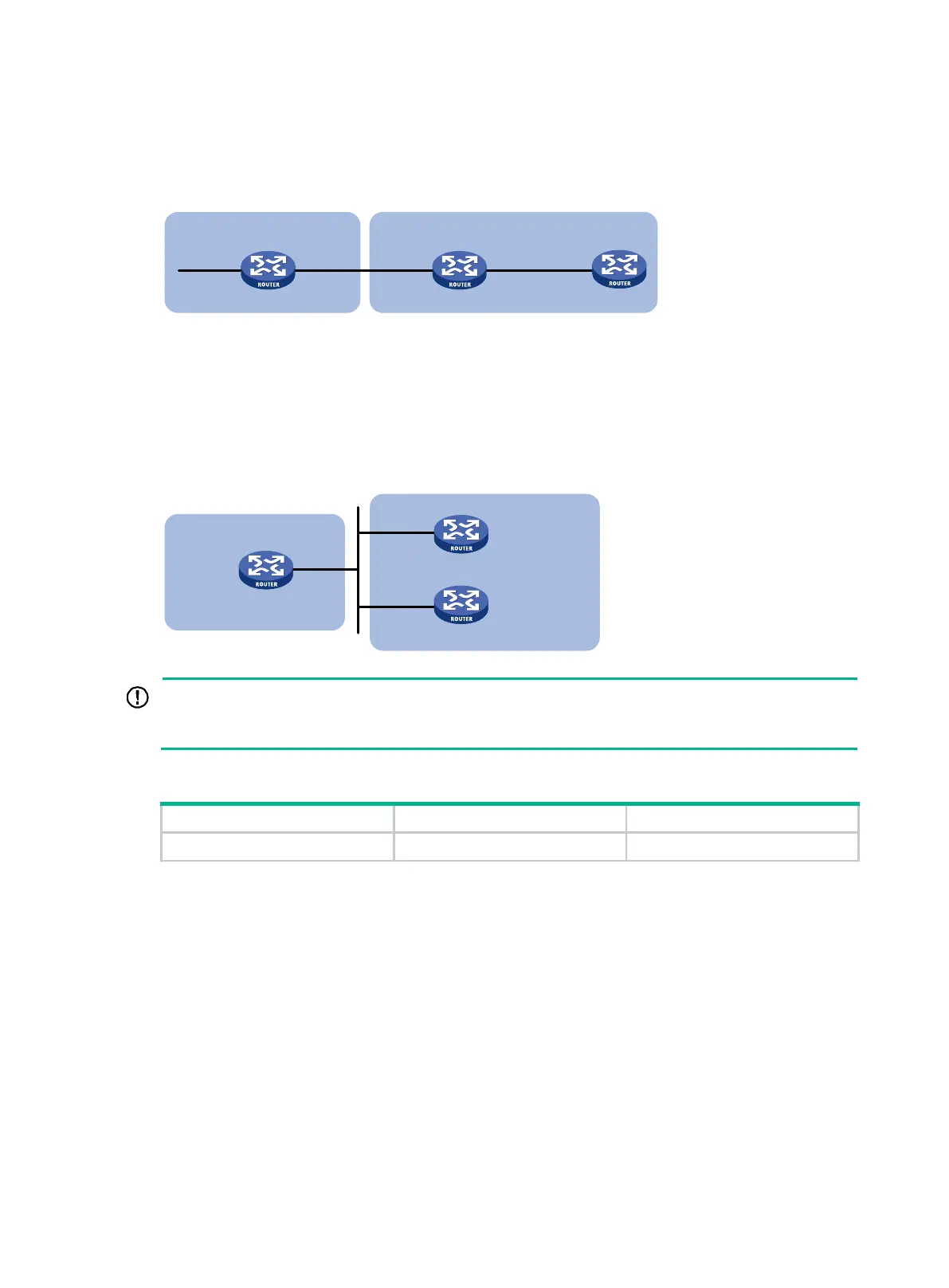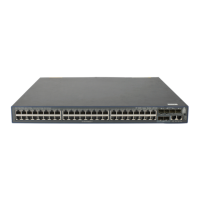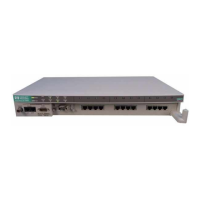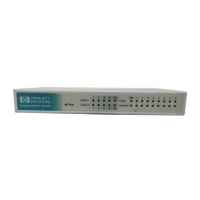261
For example, as shown in Figure 63, Router A and Router B establish an EBGP neighbor
relationship, and Router B and Router C establish an IBGP neighbor relationship. If Router C has no
route destined for IP address 1.1.1.1/24, you must configure Router B to set itself 3.1.1.1/24 as the
next hop for the network 2.1.1.1/24 advertised to Router C.
Figure 63 NEXT_HOP attribute configuration
If a BGP router has two peers on a broadcast network, it does not set itself as the next hop for routes
sent to an EBGP peer by default. As shown in Figure 64, Router A and Router B establish an EBGP
neighbor relationship, and Router B and Router C establish an IBGP neighbor relationship. They are
on the same broadcast network 1.1.1.0/24. When Router B sends EBGP routes to Router A, it does
not set itself as the next hop by default. However, you can configure Router B to set it (1.1.1.2/24) as
the next hop for routes sent to Router A by using the peer next-hop-local command as needed.
Figure 64 NEXT_HOP attribute configuration
f you have configured BGP load balancing, the router sets itself as the next hop for routes sent to an
IBGP peer or peer group regardless of whether the peer next-hop-local command is configured.
To configure the NEXT_HOP attribute (IPv4 unicast/multicast address family):
1. Enter system view.
system-view
N/A
Router A
EBGP
AS
200
2
.1
.
1.
1/
24
Router B
Router C
AS
100
1.
1
.1
.1
/
24
1.1.1.2/24
3
.
1
.
1
.
1
/24
3.
1
.1
.2
/
24
IBGP
Router A
Router B
AS 100 AS 200
1.1.1.1/24
Router C
1.1.1.2/24
1.1.1.
3/
24

